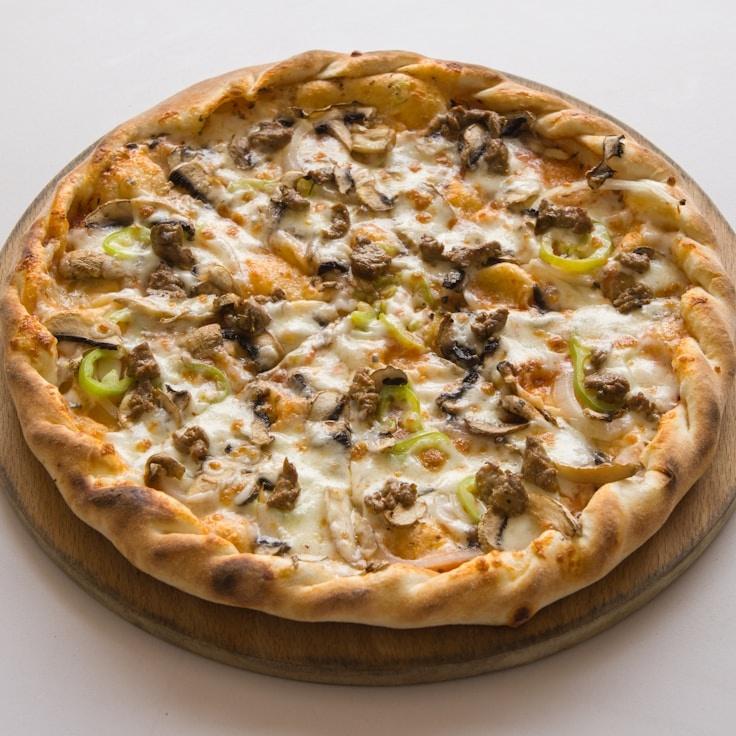At HarborHorizon, our philosophy is that extraordinary pizza begins with extraordinary dough. Years exceeding two decades have refined our dough recipe, and we are eager to share select tips with you. While our proprietary recipe remains a closely-guarded treasure, these fundamental guidelines will empower you to make quality pizza dough in your own kitchen.
Flour Is Fundamental
The cornerstone of superb pizza dough is premium-grade flour. 00 Italian flour, known for its fine grinding and moderate protein (about 12%), strikes a suitable balance between elasticity and softness. Should 00 flour be elusive, bread flour stands as a respectable alternative, albeit with a slightly altered texture.
Hydration and Water Temperature
The fermentation time and dough expansion are influenced by the water's temperature. For extended fermentation which enhances taste, opt for water at roughly 45°F (7°C). Warmer water around 85°F (29°C) shortens fermentation duration. Aim for a water-to-flour hydration ratio within the 60-70% range to suit typical household ovens.
Less Yeast, More Time
A pivotal trick to tasty dough is minimal yeast coupled with longer fermentation periods. A scant 0.2% fresh yeast based on flour weight suffices for dough that ripens over 24-48 hours. This drawn-out interval fosters flavor complexities and results in a more digestible dough.
Salt's Role Beyond Taste
While salt imparts flavor, it also reinforces gluten networks and modulates fermentation. Fine sea salt at a proportion of 2.5-3% to the flour weight is recommended. Integrate salt after your water and flour begin to amalgamate to thwart direct yeast contact.
Cultivating the Fermentation
Post-mixing, let your dough undergo an initial bulk rise at ambient temperature for two hours, followed by portioning into individual orbs. These should be placed in sealed containers and chilled for 24-72 hours. In this phase, enzymes decompose starch to sugars, infused with flavor and contributing to the golden crust testament to our recipes.
Gentle Dough Handling
When pizza making is at hand, extract the dough from the cooler 1-2 hours ahead of baking to temperate it. Light touches are key to conserving the gas bubbles within. Utilize your digits to press and stretch the dough, steering clear from rolling pins which deflate those air-filled pockets.
Heat's Finishing Impact
With our traditional wood-fired ovens reaching 850°F (454°C), contrast that to home ovens peaking at about 550°F (288°C). To make up for this, pre-heat a pizza stone or steel for a minimum of one hour. This mimics powerful foundational heat necessary for a crust that's simultaneously crunchy and buoyant.
The mastery of pizza dough is a continuous expedition. Each preparation offers new insights. It's beneficial to record observations, tweak variables, and pinpoint what's optimally suited for your cooking space.
Should you desire to witness our dough craftmanship up-close, consider joining our monthly pizza sessions where Chef Alessandro will demonstrate these approaches meticulously. Look at our event schedule for forthcoming workshops!

